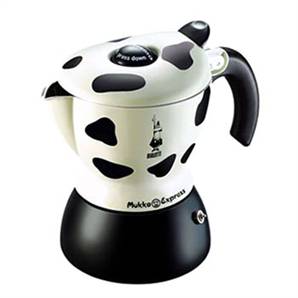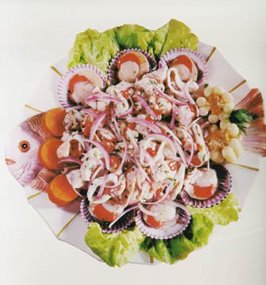Peru Vs. Chile - The Pisco Debeat

The first time I feasted on a Pisco Sour, I was in a depressed state sans a brutal break-up with a faraway love when a very-best-friend, Miss Holly GoLightly, ordered me up her native drink. She's Chilean, and damn proud. We shimmied our butts up to the bar at Ciudad in downtown los angeles, and Hollz rattled off the order in Spanish. I was not afraid.
Mmmmm damn this had a good kick. Pisco itself is a brandy, distilled from muscat grapes, and the sour edge is achieved by adding lemon, egg whites, and simple syrup or powdered sugar. It's creamy, refreshing, citrusy, and goes down like a dream. I think it took two before I was smiling non-stop. Apparently, it doubles as a break-up cure. God bless alcohol.
The origins of Pisco aren't debated, but the claim-to-fame is. Peru and Chile have been in a curious battle for eons over this liquor. It was invented in Peru - that much folks can agree on. But due to some tumultuous internal issues, production was halted for many many years. Once production of Pisco was re-established, however, too many grape varieties were used to produce it, leading to a variet of quality issues. This harmed attempts to export the product and, as such, a number of regulations were established to take back the liquor's noteriety.
We therefore now see four levels of Pisco variety in Peru:
1) Pure, made from a single variety of grape, mostly Quebranta, although Mollar or Common Black can be used; however, no blending between varieties is accepted ("pure" pisco should contain only one variety of grape).
2) Aromatic, made from Muscat or Muscat-derived grape varieties, and also from Italia and Torontel grape varieties; once again, the pisco should only contain one variety of grape in any production lot.
3) Green Must, distilled from partially fermented must, this must be distilled before the fermentation process has transformed sugars into alcohol.
4) Acholado (Half-breed), blended from the must of several varieties of grape.
Pisco production is also restricted by aging, additives, and the ability to call the result "pure". This is serious business, as it's such a mainstay to the identity of Peru.
Chile, however, has a different way of doing things. They use the Muscat grape almost exclusively, but have also divised regulations.
Regular, 30° to 35° (60 to 70 proof).
Special, 35° to 40° (70 to 80 proof).
Reserve, 40° to 43° (80 to 86 proof).
Great, 43° or more (86 or more proof).
No other distinctions, however, between varietal mixes is made.
It is important to note that the two products - Peru's version and Chile's version - are quite different on many aspects. They could very well tout them as different products and cease the battle over who reigns supreme. But the dispute continues.
Peru, of coures, claims proprietorship because of the genesis. Chile disagrees with the production process and regulations, and feels theirs is more native. Both nations have established decrees, laws, regulations, treaties, etc. in order to declare their Pisco THE Pisco, though their efforts have created the opposite effect. Chile has concentrated on internal regulations, specifying from what a "Pisco grape" is to what a "Pisco bottle" is, in order to establish standardization among its products. Peru, on the other hand, has focused on the international arena, preferring to establish trademarks and treaties with other nations in order to cement its status as a purely Peruvian product; though years after Chile standardized everything relating to Pisco internally, Peru has begun to do the same, with a application for international registration of an appellation of origin "pisco" as a Peruvian product, in the WIPO (World Intellectual Property Organization). But the legal fight still goes on.
It's exhausting. My suggestion - don't lose yourself in the politics or origination and ownership, but land sakes, have a drink of this liquor-goodness. See what all the fuss is about.










































